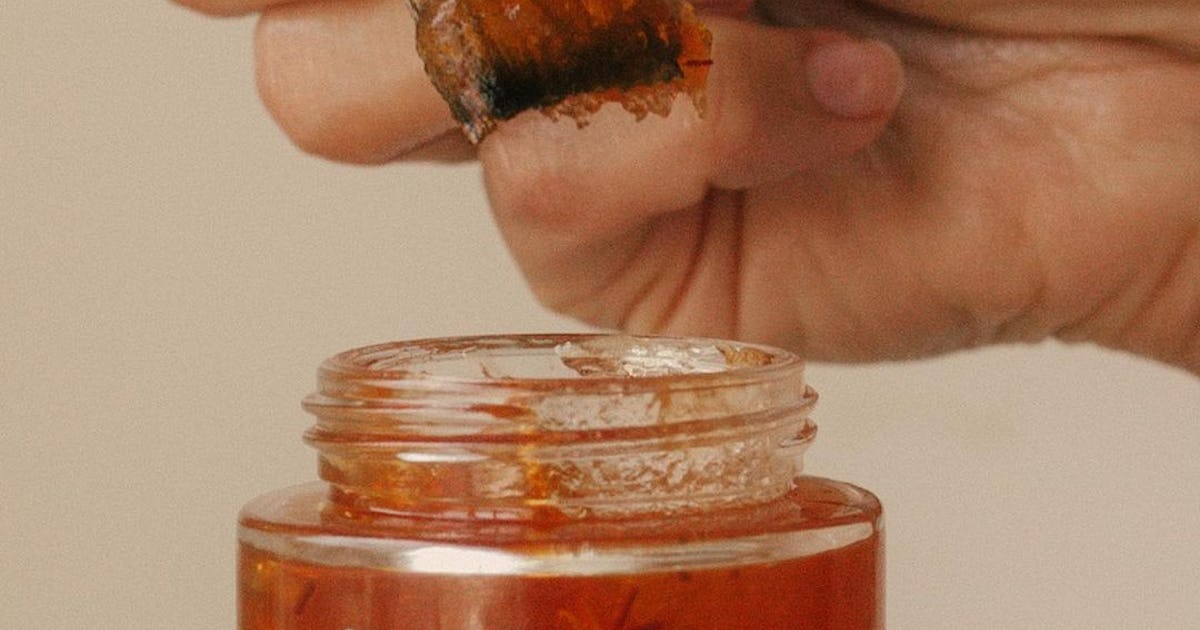Dungeons and dimples: how to speak K-pop
Kim Jong-Un reckons it’s a “vicious cancer”. This scourge, said the leader of North Korea in June, is corrupting his people, influencing everything from their hairstyles to the way they speak. It is smuggled into the country on flash drives; those found with it can be sent to a labour camp for 15 years.
What troubled Kim so much? K-pop, South Korea’s most influential cultural export. This blend of flawless dance routines and catchy melodies sung by coiffed, clear-skinned youths in co-ordinating outfits has found an enthusiastic audience across the globe, even managing to penetrate the North’s closely guarded borders.
Already popular across Asia, more recently K-pop has taken on the wider world, led by BTS, the most popular K-pop band. “Butter”, the group’s latest song (“Smooth like butter, pull you in like no other”), has reached the top ten in more than 20 countries. The enthusiasm for South Korean pop has also fuelled global demand for Korean cosmetics and Korean TV dramas. (RM, the lead singer of BTS, formerly known as Rap Monster, spoke at the UN General Assembly in 2018 about individuals finding their own voice; in September the band will appear there again as special envoys from South Korea.)
Along the way, this perfectly choreographed cultural phenomenon has developed an intricate lexicon. Stans (ardent fans) can be hard or soft, for example. The former like their



















/https://specials-images.forbesimg.com/imageserve/604ad3acf728cc29468fec2e/0x0.jpg?cropX1=0&cropX2=846&cropY1=47&cropY2=523)
![See Inside the Amazing Homes of State Music’s Queens [Pics]](https://townsquare.media/site/204/files/2020/08/tim-mcgraw-faith-hill-mansion-california-pictures.jpg?w=1200&h=0&zc=1&s=0&a=t&q=89)











